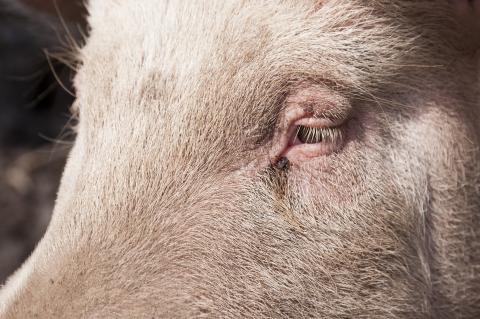Change is coming for the meat industry. Consumers and governments are increasingly asking meat producers to track and report their antibiotic use per kilogram of meat. It’s not a matter of if but when penalties for noncompliance start. That doesn’t have to be a pure cost to producers, though – if producers manage to get ahead of the tracking, they can plan their data management systems in a way that’ll meet government regulations and carve out a competitive advantage over less agile players.
In addition to antibiotics tracking, the SEC very well may require most companies to report CO2 figures for their entire supply chain. This raises concerns especially for the cattle industry, which is already targeted for its proportionally high CO2 output for standard cattle, let alone the higher CO2 burden from grass-fed/“natural” beef. Consumers who want to lower their CO2 footprint tend to be the same consumers who want to buy more “natural” food.
The industry 10 years from now is not going to look anything like it looks today. I think we’re going to go through another one of these big shakes and it’s going to look different again.
Dr. Lowe
Pig, cattle, and chicken producers run very different businesses, but they have plenty that they can learn from each other, too.
Dr. Jim Lowe was invited to talk on this week’s Swine It podcast. You can listen to the show here to learn more about the changes coming for the meat industry; what chicken, beef, and poultry producers can learn from each other; what consumers actually want vs. what grocery stores or packers want; and much more.
Listen to the episode – Swine It Podcast, #144 – Dr. Jim Lowe: The pork market and the beef market: What can we learn from each other? – here or wherever you listen to podcasts.
